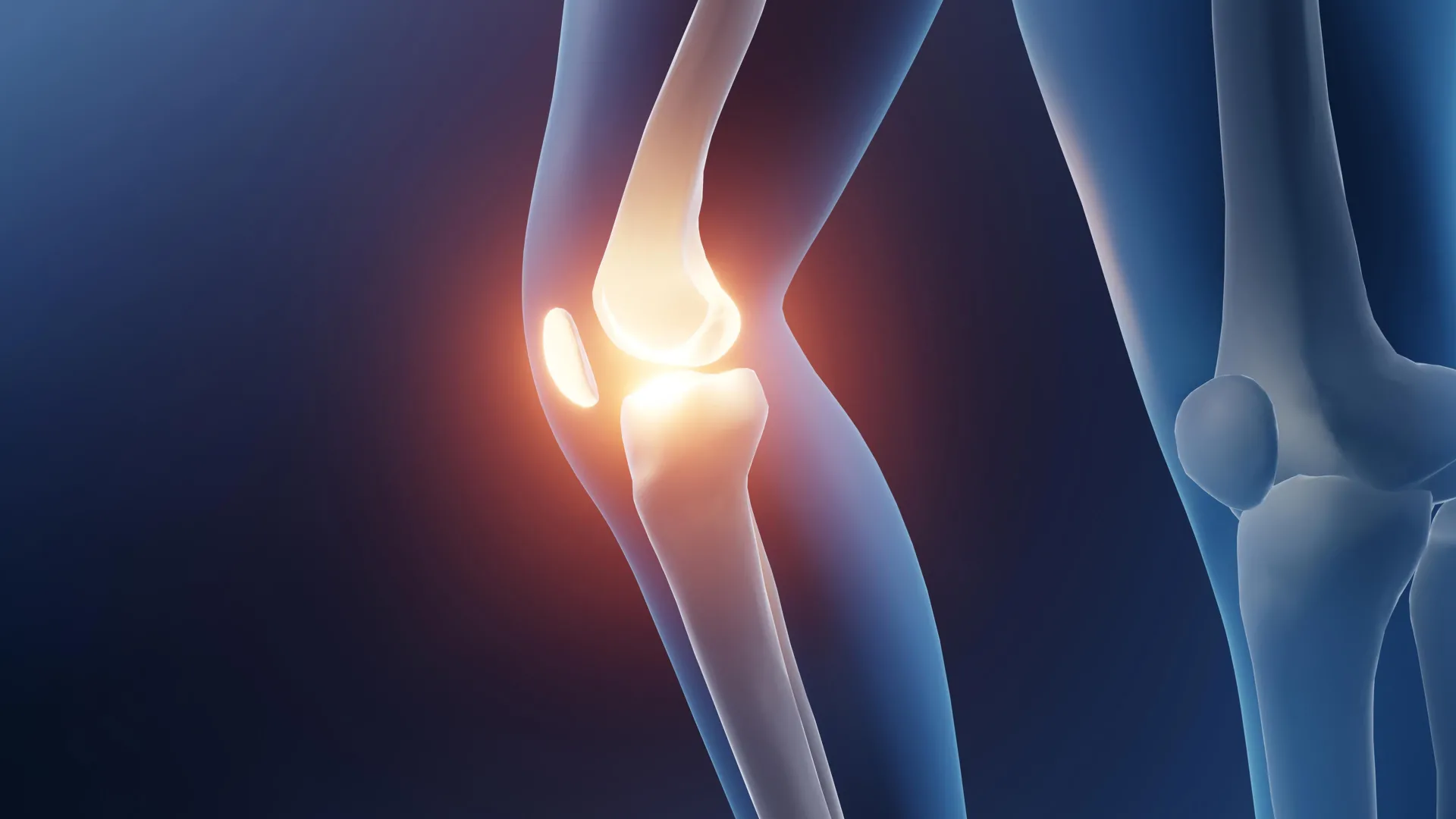People living with knee osteoarthritis may find the greatest relief from aerobic activities such as walking, cycling, or swimming, according to a new study published in The BMJ. Researchers found that these forms of exercise were the most…

People living with knee osteoarthritis may find the greatest relief from aerobic activities such as walking, cycling, or swimming, according to a new study published in The BMJ. Researchers found that these forms of exercise were the most…